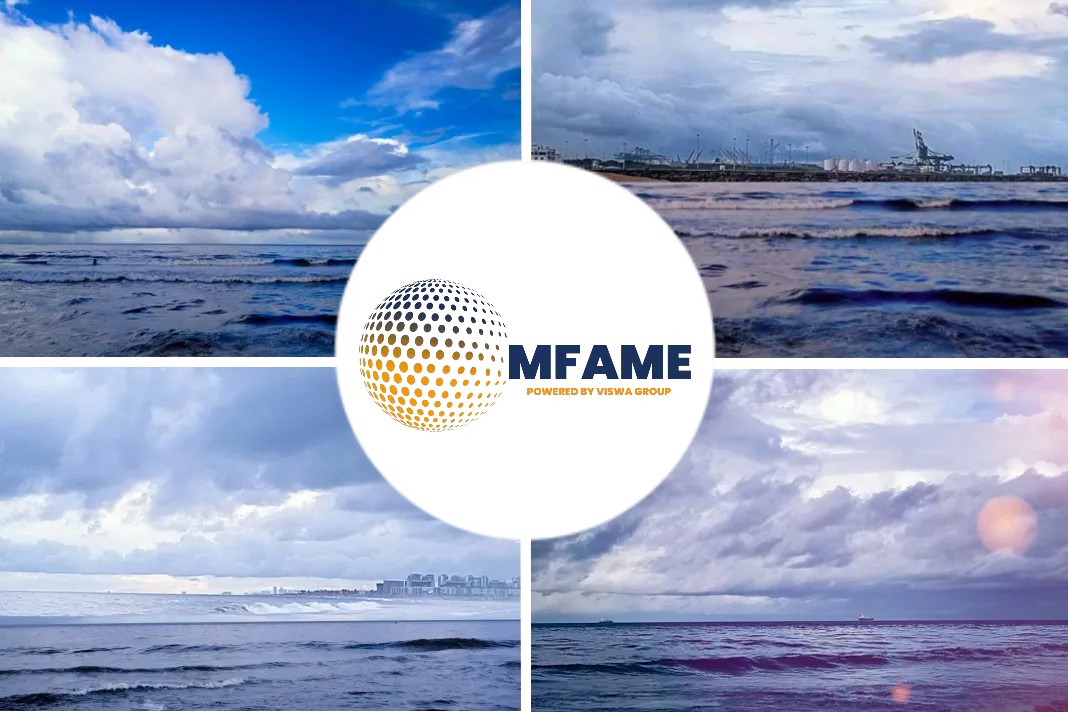Five cargoes of naphtha were sailing East from the US Gulf Coast amid an open arbitrage to Asia, export market participants said.
US market sources said the cargoes were reformer-grade and full-range naphtha, all going to meet demand for reformer feedstock.
“If you have six cargoes, and there are actually others going from Europe and other regions to Asia, then that arb is definitely open,” a US refined products market source said.
“Four companies are moving those barrels” he said.
Although specifications for the barrels sailing to Asia were not ascertained, the market source said, international standards for a full-range naphtha call for a 62-72 API barrel.
“Gulf Coast full-range naphtha has a 62-64 API, sometimes that is reformable and sometimes it is not,” he said. “Platts specification standard and heavy naphtha barrels are reformable.”
S&P Global Platts published fixtures for five naphtha-carrying vessels for that route.
The STI Amber was fixed by Valero on October 9 to carry 38,000 mt of naphtha from the US Gulf Coast to Japan/South Korea at a $1.05 million-$1.15 million lump sum.
According to Platts trade flow software cFlow, the STI Amber set sail from Houston on October 11 and is expected to dock in Busan, South Korea, on November 26.
Valero also fixed the Marinor to carry 60,000 mt of naphtha from the Gulf Coast to the Far East at $1.3 million lump sum.
A Valero trader did not respond to request for comment.
The Venus R, chartered by JX Nippon Oil, loaded around October 24-25 to carry 60,000 mt of naphtha for that route at $1.3 million lump sum. The vessel docked in Galveston, Texas, on October 25, cFlow showed. The fourth vessel, the Gulf Crystal, loaded on October 25 to carry 60,000 mt of the feedstock to the Far East at $1.275 million lump sum.
The US market source said the Gulf Crystal was fixed by US Petrochemical. The vessel docked in Houston on Sunday.
A US Petrochemical trader did not respond to a request for comment.
The fifth vessel, the BW Kallang, was fixed by Vitol to carry 38,000 mt to the Far East at $1.25 million lump sum. According to cFlow, the vessel sailed from Houston on October 23 and is expected to arrive in Busan, South Korea on November 27.
A Vitol trader declined comment on the vessel.
Both Medium and Long Range 1 tankers head to the Far East, and in particular Japan and South Korea, from the US Gulf Coast. While a Medium Range tanker usually carries 38,000 mt of cargo, the typical cargo size of an LR1 is 55,000-60,000 mt. Vessels heading to Northeast Asia often carry naphtha to take advantage of arbitrage opportunities across the Pacific. THE PRICE TO SAIL EAST
S&P Global Platts assessed freight on Long Range tankers headed to the Far East from the US Gulf at $1.30 million lump sum on Friday.
At the beginning of October, freight was assessed at $1.35 million, dropping to $1.25 million mid-month before rising to $1.30 million on October 24, where it has since remained.
“Moving from the US Gulf to the Far East is the natural movement of the LR1,” a ship broker said. “When freight rates are low, it makes sense to move it.”
Freight for the LR1 route was assessed at $1.575 million lump sum at the beginning of 2017, and peaked at $1.75 million toward the end of the second quarter before starting to drip down throughout the third quarter.
“Naphtha prices were low here after Hurricane Harvey, and have stayed low compared to prices in the rest of the world,” the shipping source said. “There was also a lot of naphtha moving to Europe because it made sense to move it.”
At least five vessels carried naphtha from the US Gulf Coast to Europe in an unusual arbitrage earlier this month.
ARBITRAGE TO ASIA
S&P Global Platts assessed standard naphtha in the US Gulf Coast at $595.80/mt on Friday.
The Mean of Platts Japan rose $10.13/mt Monday to $550.880/mt, a more than two-year high. “What is not known is what premiums people are paying, sometimes it is as low as $10/mt and sometimes it is as high as $70/mt, it is just quality and company dependent,” the US market source said.
US Gulf Coast naphtha specifications and laycans are different than naphtha in Asia.
The source said more cargoes of naphtha are expected to make the voyage from the US Gulf Coast to Asia in November.
Did you subscribe for our daily newsletter?
It’s Free! Click here to Subscribe!
Source: Platts
























